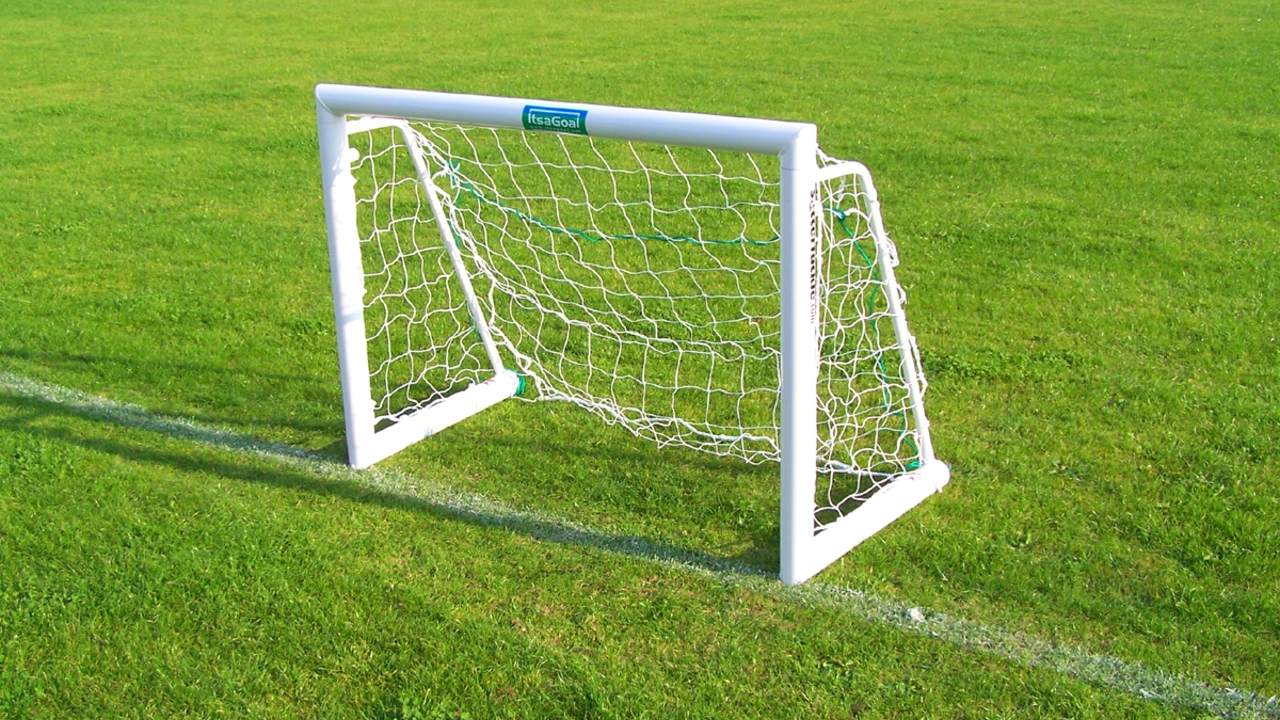All Things Soccer – Your Go‑To Tag Page
Welcome to the soccer hub on Soccer Passion Hub. Here you’ll find a mix of posts that spark conversation, share personal moments, and keep you in the loop on the beautiful game. Whether you’re a die‑hard fan, a casual viewer, or just curious about why soccer fans sometimes criticize football, this page has something for you.
We’ve gathered stories that range from deep‑dive fan opinions to first‑hand encounters with pros. Each article is written in a friendly tone, so you can skim, learn, and maybe even join the discussion in the comments.
Why Soccer Fans Talk About Football (And Not the Other Way Around)
One of the most talked‑about topics on this tag is the rivalry between soccer and American football. A popular post asks, “Why don’t soccer fans like football?” The answer isn’t a simple dislike; many fans feel the gear-heavy, stop‑and‑go nature of football clashes with soccer’s fluid, low‑gear style. They love the nonstop runs, quick passes, and that instant rush when a goal hits the net.
Another article flips the script, exploring how some soccer fans do watch the NFL. The takeaway? Interest varies. Some fans appreciate the strategy and physicality of football, while others stick strictly to soccer. It’s a reminder that sports preferences are personal, not a one‑size‑fits‑all rule.
Real‑Life Soccer Moments You’ll Relate To
Beyond debates, we’ve got personal stories that bring the game off the pitch. One writer shares meeting a professional soccer player – a humbling experience that highlights the hard work behind the fame. The article breaks down how that encounter showed the player’s discipline, giving readers a realistic glimpse of elite soccer life.
There’s also a light‑hearted post asking, “Do soccer fans ever watch the real football like NFL?” It points out that while some fans dabble, many remain loyal to soccer’s rhythm. The piece uses everyday language to keep the discussion relatable.
If you love quick, actionable insights, you’ll appreciate our “fan‑focused” articles that combine opinion with clear examples. They help you understand the mindset of a soccer fan without drowning you in jargon.
Scrolling through the tag, you’ll notice posts that aren’t strictly about the sport. For instance, a feature on a model’s denim overalls shoot made waves on Instagram – it’s listed here because it sparked a lot of conversation among our community, showing how pop culture and soccer fans intersect.
All posts are tagged “soccer” to keep the hub organized. Use the search bar at the top if you’re hunting for a specific angle, like player interviews or fan culture debates. Each article is short, punchy, and ready for a quick read.
Ready to dive in? Click any headline that catches your eye, join the chat in the comments, and stay tuned for fresh soccer content every week. Your love for the game starts here.

In soccer, goal differential is a critical term that's calculated simply by subtracting the total number of goals a team has conceded from the total number they've scored. It serves as a key tiebreaker in league standings, giving us a clear picture of a team's defensive and offensive capabilities. If a team's goal differential is positive, it means they've scored more than they've conceded, which is always a good sign. On the other hand, a negative differential suggests the opposite. It's a simple yet effective way to measure a team's performance over a season.
Read more

This article provides advice on how to improve vision and positioning in soccer. It suggests focusing on three main areas: footwork, vision and understanding of the game. Improving footwork helps players move quickly and accurately to the right spot on the field. Working on vision helps players spot opportunities, anticipate opponents’ moves, and identify teammates. Understanding the game better helps players know when to adjust their positioning to take advantage of the situation. With practice, players can become better at positioning themselves in the most advantageous spots on the field.
Read more

The air pressure in a soccer ball is essential for its performance. The correct air pressure for a soccer ball is 0.6 - 1.1 atmosphere (8.5 - 15.6 psi). The ball should be inflated before each game or practice and should be checked for proper pressure. If the ball is too soft or too hard, it can affect the ball's bounce and flight. It is important to make sure the ball is properly inflated so that players can have maximum control over the ball.
Read more


